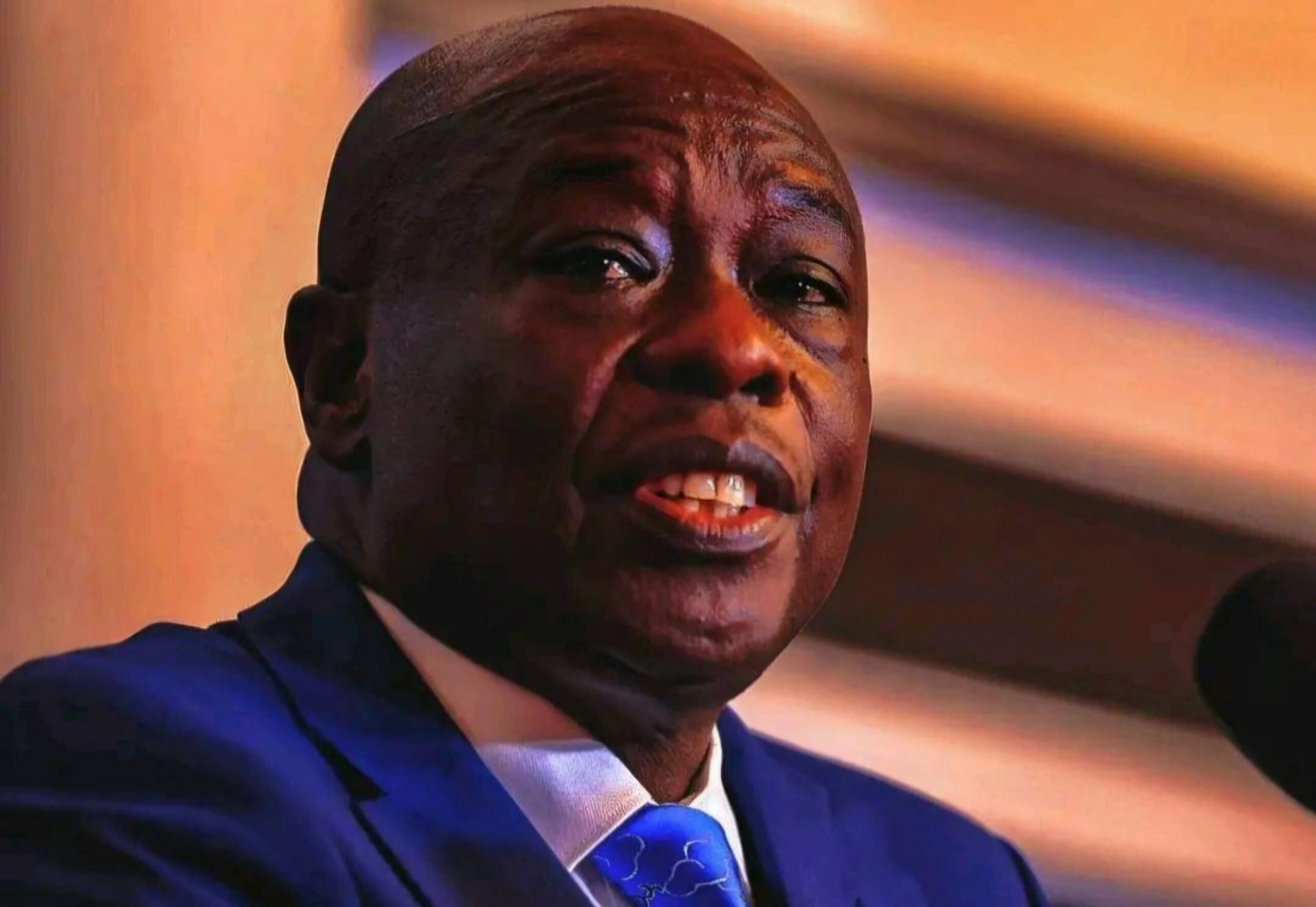Osteoporosis Abnormal Bone Loss
Osteoporosis refers to the weakening of bones, making them fragile and more likely to break. The bones become so brittle that even mild movement such as coughing or bending over can lead to breakage. The condition is more common in older people, but it can also affect younger people.
Normally, bones, like any other living tissue in the body, are constantly being broken down and replaced. Osteoporosis occurs when there is disconnect between the creation of new bones and removal of old bones, leading to loss of bone density, which decreases its strength. This results to the bones being fragile hence vulnerable to fractures.
Research shows that women are more at risk of osteoporosis than men, particularly if menopause begins early (before the age of 45). In most cases, the cause of osteoporosis in men is unknown. However, there’s a link to the male hormone testosterone, which helps to keep the bones healthy. Testosterone gradually decreases in most men after the age of 30.
Other factors likely to increase the risk of developing osteoporosis include:
A family history of osteoporosis – particularly history of a hip fracture in a parent.
Long-term use of certain medications, which can affect bone strength or hormone levels.
Having a low body mass index (BMI).
Heavy drinking and smoking.
Long-term use of high-dose oral corticosteroids.
Long periods of inactivity such as long-term bed rest.
Body frame size. Men and women who have small body frames tend to have a higher risk because they may have less bone mass to draw from as they age.
Telltale signs of osteoporosis
It is often difficult to notice one has the condition until a fracture occurs. However, some of the symptoms that may suggest one’s bones have been weakened by osteoporosis include:
Backache caused by a fractured or collapsed vertebra.
A gradual loss of height and an accompanying stooped posture.
Fractures of the spine, wrist or hip.
A stooped posture.
Dental x-rays can reveal a decrease in the density of the jawbone hence a dentist may be the first person to diagnose osteoporosis in an individual. Osteoporotic bone breaks are most likely to occur in the hip, spine or wrist, but other bones can break too. In addition to causing permanent pain, osteoporosis causes some patients to lose height and often leads to a stooped or hunched posture when it affects the vertebrae, or the bones of the spine.
Treating osteoporosis…
Although a diagnosis of osteoporosis is based on the results of your bone mineral density scan (DEXA or DXA scan), the decision about what treatment you need – if any – is also based on a number of other factors. These include age, sex, risk of fracture and previous injury history.
Generally, the treatment of the condition involves treating and preventing fractures as well as medication to strengthen bones. The patient should also ensure they are maintaining sufficient levels of calcium and vitamin D. To achieve this, a healthcare provider may want to know about one’s diet and may recommend making changes or taking supplements.
Prevention
Genetic factors play a significant role in determining whether an individual is at heightened risk of osteoporosis. Lifestyle factors such as diet and physical activity also influence bone development in youth and the rate of bone loss later in life – bone mass acquired during youth is an important determinant of the risk of osteoporotic fracture during later life. The higher the peak-bone mass, the lower the risk of osteoporosis. It is thus advisable to always stay active and healthy, as this will help to make your bones strong.
You can prevent osteoporosis by:
Taking a nutritious diet and adequate calcium intake.
Avoiding malnutrition, particularly the effects of severe weight loss diets and eating disorders.
Maintaining an adequate supply of vitamin D.
Participating in regular weight-bearing activity.
Avoiding smoking and second smoking.
Avoiding heavy drinking.
Expert Advice…
Consult a doctor if:
You develop a backache or sudden back pain, which can indicate a spinal compression fracture caused by osteoporosis.
If you went through early menopause or took corticosteroids for several months at a time.
If either of your parents has ever had a hip fracture.
Published April 2017.




